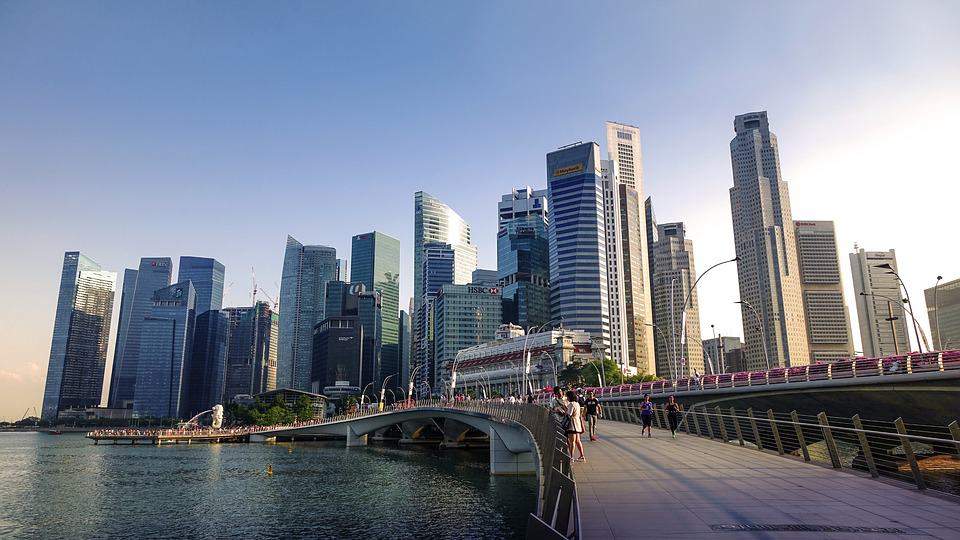Always good to start on a positive note, though experts caution on being overly-optimistic.
Business sentiment is near an all time low in Singapore. Concerns over revenue growth and the impact of volatile market conditions on our economy have recently made depressing headlines.
However, in a piece of surprising news, Singapore’s fourth quarter GDP exceeded expectations of 1-1.5% and grew by 1.8%. This wraps up 2016’s total GDP growth at 1.8% as well.
According to MTI, Singapore’s GDP on a quarter-on-quarter seasonally adjusted basis grew by 9.1%, reversing from the 1.9% contraction in the 3rd quarter. Economists expected a boost from the incremental progress from the industrial sector but had underestimated the results.
With these statistics, Singapore’s economy successfully dodged a technical recession after the pessimistic results of the past quarters. Its growth could be attributed the strong performance from the manufacturing and services sectors.
Manufacturing Sector performs
Making up a fifth of the economy, the manufacturing sector expanded by 6.5% on a year on year basis in the 4th quarter. The main performers were in electronics and biomedical manufacturing industries, overriding the contraction in transport engineering and general manufacturing.
Service Sector—Leader of the Pack?
The service sector has been the dictating force of Singapore’s economy. As DBS put it, “if the services sector turns, the economy turns along with it.”
The services producing industries, constituting two-thirds of the economy, came in at 0.6% from a year ago, slightly higher than the previous 0.3% in the 3rd quarter.
On a quarter-on-quarter basis, the services producing industries showed a dramatic rebound— with an annualised rate of 9.4%, reversing from the 0.4% contraction in the third quarter.
Construction Sector lags behind
Despite normalising from the contraction of 14.8% in 3rd quarter to 4.7% in the 4th quarter, the construction sector continues to a source of weak performance.
According to MTI, there was a contraction of 2.8% on a year-on-year basis, extending the 0.2% decline in the previous quarter. Its decline could be due fall in private sector construction activities.
Uncertain future ahead
Despite the positive news, Singapore’s economy still remains exposed to a diverse range of vulnerabilities. Singapore’s dependence on major economic partners and overseas trade results in an inextricable link to unpredictable geopolitical events. With the emerging protectionist stance of the United States—leading to potential dismantling of the Trans-Pacific Partnership, instability of European leadership from the rise of far-right political parties, uncertainty over future oil prices, and concerns over China’s slowing growth, it’s safe to say that there remains a large potential for things to go wrong. In fact, according to SBF’s latest Business survey, nearly two-thirds of the companies expect 2017 to be rougher than 2016.
Domestic sentiment remains bleak as well. With the weak property market, ongoing economic restructuring efforts, and rising local interest rates, the sustainability of such promising statistics seems to be low.
The government’s forecast for GDP growth is 1-3% in 2017. However, some expect lower results, ranging from 0.7% to 2%.



















